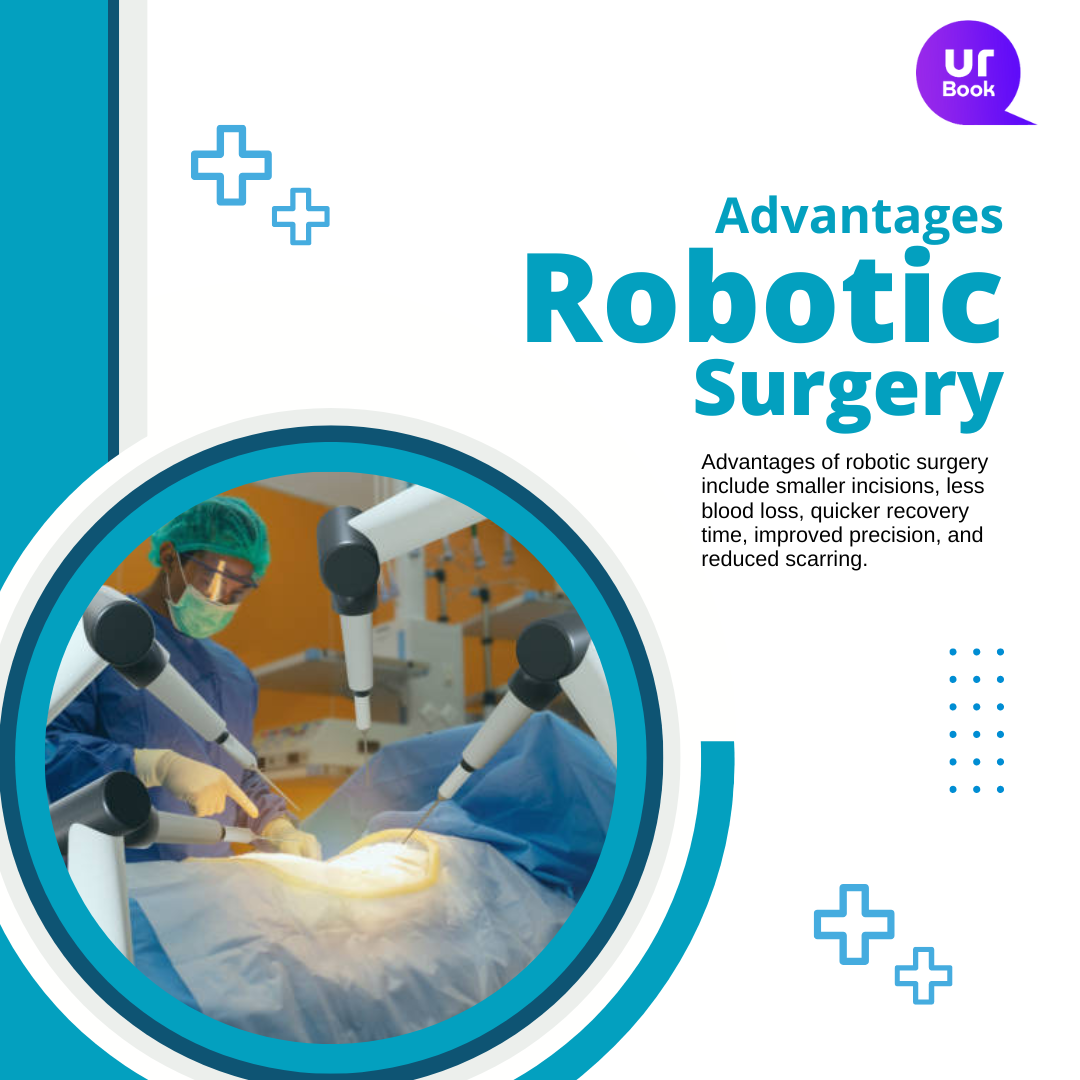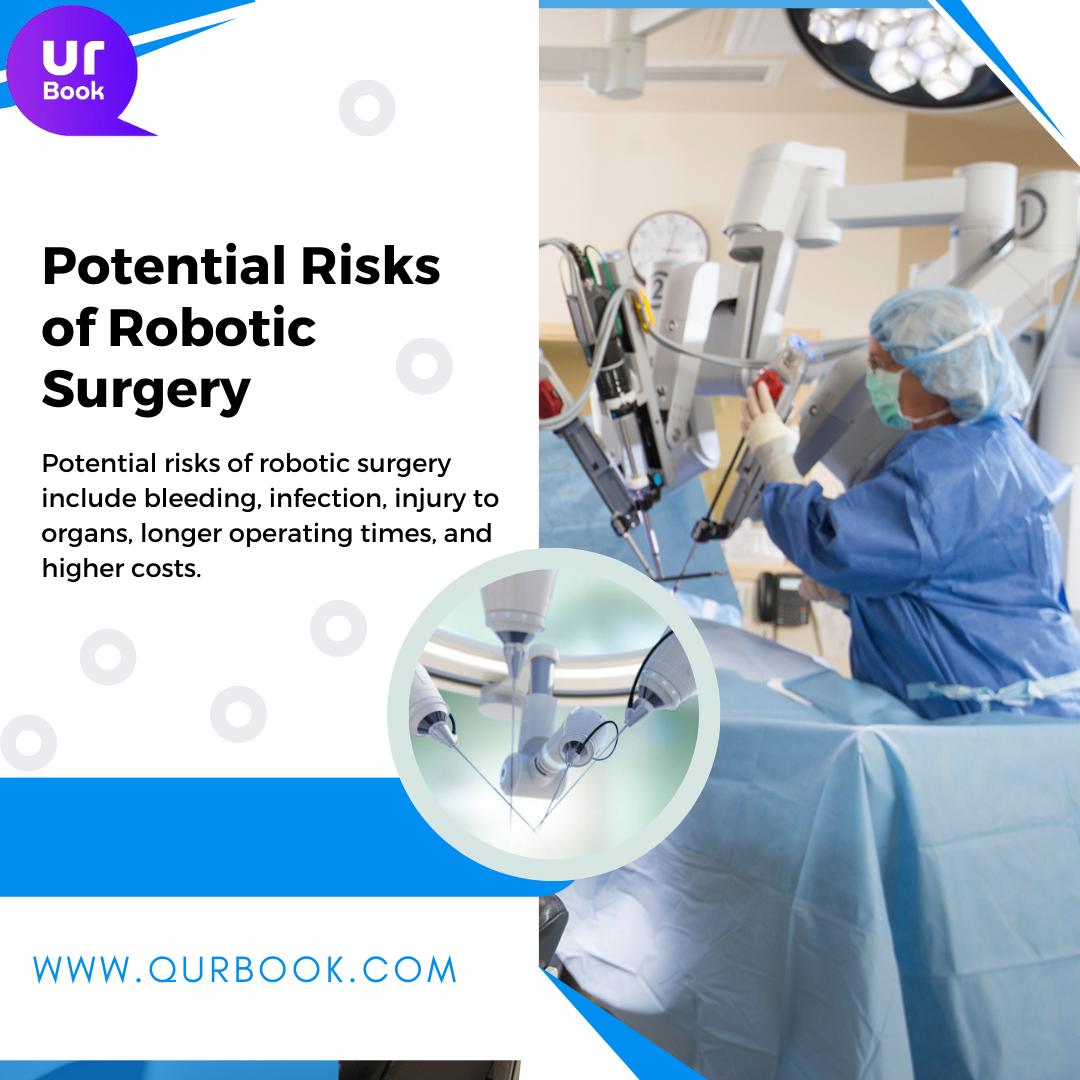Robotic Surgery Benefits
robotic surgery disadvantages,advantages of robotic surgery,types of robotic surgery,cost of robotics,robotic surgery benefits,robotic surgery
Robotic Surgery Benefits, Robotic surgery is a type of minimally invasive surgery that uses robotic technology to assist surgeons in performing complex surgical procedures with greater precision and control. In this type of surgery, a surgeon sits at a console and operates a set of robotic arms that hold and manipulate surgical instruments.
The robotic arms are equipped with tiny cameras and surgical tools that are inserted into the patient's body through small incisions. The surgeon then uses a console to control the movements of the robotic arms and perform the surgery with greater precision and accuracy than traditional surgery.
Robotic Surgery Benefits over traditional surgery, include less blood loss, smaller incisions, shorter hospital stays, and faster recovery times. It is used in a wide range of surgical procedures, including urological, gynecological, cardiothoracic, and gastrointestinal surgeries, among others.
Robotic Surgery Benefits.
- Greater precision and accuracy: Robotic surgery allows for greater precision and accuracy compared to traditional surgery. The robotic arms used in robotic surgery can move with greater flexibility and control, allowing surgeons to perform complex surgeries with greater accuracy.
- Less invasive: Robotic surgery is less invasive than traditional surgery, as it requires smaller incisions. This can result in less blood loss, less pain, and a faster recovery time.
- Reduced risk of complications: Robotic surgery reduces the risk of complications such as infections, as it is a minimally invasive procedure.
- Faster recovery time: The smaller incisions and reduced trauma to the body in robotic surgery mean that patients typically have a faster recovery time and can return to their normal activities sooner.
- Reduced scarring: Robotic surgery can result in smaller and more discreet scars than traditional surgery, which can be important for patients who are concerned about the appearance of scars.
- Increased surgeon control: Robotic surgery allows the surgeon to have greater control over the surgical instruments and the procedure, which can result in improved outcomes.
- Improved visualization: Robotic surgery provides the surgeon with a three-dimensional view of the surgical site, allowing for improved visualization and precision. Overall, robotic surgery is a safe and effective alternative to traditional surgery that can result in improved outcomes for patients.
When was robotic surgery invented?
Potential Risks of Robotic Surgery.
- Bleeding: Robotic surgery can result in bleeding, which can be especially risky for patients who are taking blood thinners or have a bleeding disorder. Infection: All surgeries carry a risk of infection, and robotic surgery is no exception. In some cases, robotic surgery may be associated with a higher risk of infection than traditional surgery.
- Damage to surrounding tissue: The robotic arms used in robotic surgery are precise, but they can still cause damage to surrounding tissue if not used properly.
- Nerve damage: Robotic surgery can sometimes result in nerve damage, which can cause numbness, weakness, or pain in the affected area.
- Anesthesia complications: Patients undergoing robotic surgery are typically given general anesthesia, which carries its own set of risks and potential complications.
- Equipment failure: While rare, equipment failure can occur during robotic surgery, which can lead to additional complications.
- Longer operating times: Robotic surgery can take longer than traditional surgery, which can increase the risk of complications such as blood clots, infections, and anesthesia-related complications.
- Cost: Robotic surgery can be more expensive than traditional surgery, which can be a barrier for some patients.
Alternatives to Robotic Surgeries.
- Traditional open surgery: Open surgery involves making a larger incision and manually manipulating the surgical instruments. This method can be effective for certain types of surgeries, but it may result in longer hospital stays, more pain, and a longer recovery time.
- Laparoscopic surgery: Laparoscopic surgery involves making small incisions and using a camera and specialized instruments to perform the surgery. This method is less invasive than open surgery, but it may not provide the same level of precision as robotic surgery.
- Endoscopic surgery: Endoscopic surgery involves using a camera and specialized instruments to perform surgery through natural openings in the body, such as the mouth or nose. This method can be effective for certain types of surgeries, but it may not be suitable for more complex procedures.
- Non-surgical treatments: For some conditions, non-surgical treatments such as medication or physical therapy may be appropriate.
- Conventional surgery with image guidance: In some cases, surgeons may use image guidance techniques such as CT scans or MRI to help guide their instruments during traditional open or laparoscopic surgery.
What to Consider Before Deciding on a Surgical Procedure.
- Your overall health: Your overall health and medical history will be important considerations when deciding on a surgical procedure. Your surgeon will want to make sure that you are healthy enough to undergo surgery and that you don't have any conditions that would increase your risk of complications.
- The type of procedure: The type of procedure you need will also be an important factor in the decision-making process. Some procedures may be better suited for traditional open surgery, while others may be more appropriate for minimally invasive or robotic surgery.
- Potential risks and benefits: Your surgeon will discuss the potential risks and benefits of each surgical option with you. This will help you make an informed decision about which procedure is right for you.
- Recovery time and aftercare: The recovery time and aftercare requirements for each type of surgery can vary. You will need to take into account factors such as how much time you can take off from work or other obligations, as well as whether you will need help at home during your recovery period.
- Cost: The cost of the procedure may also be a factor. Some types of surgery, such as robotic surgery, can be more expensive than traditional open surgery. You may need to take into account your insurance coverage and any out-of-pocket expenses.
- Surgeon experience: The experience and skill of your surgeon can also be an important consideration. You will want to make sure that your surgeon has experience with the type of surgery you need and that you feel comfortable with their level of expertise.


.png)



.png)

.png)
.png)


0 Comments